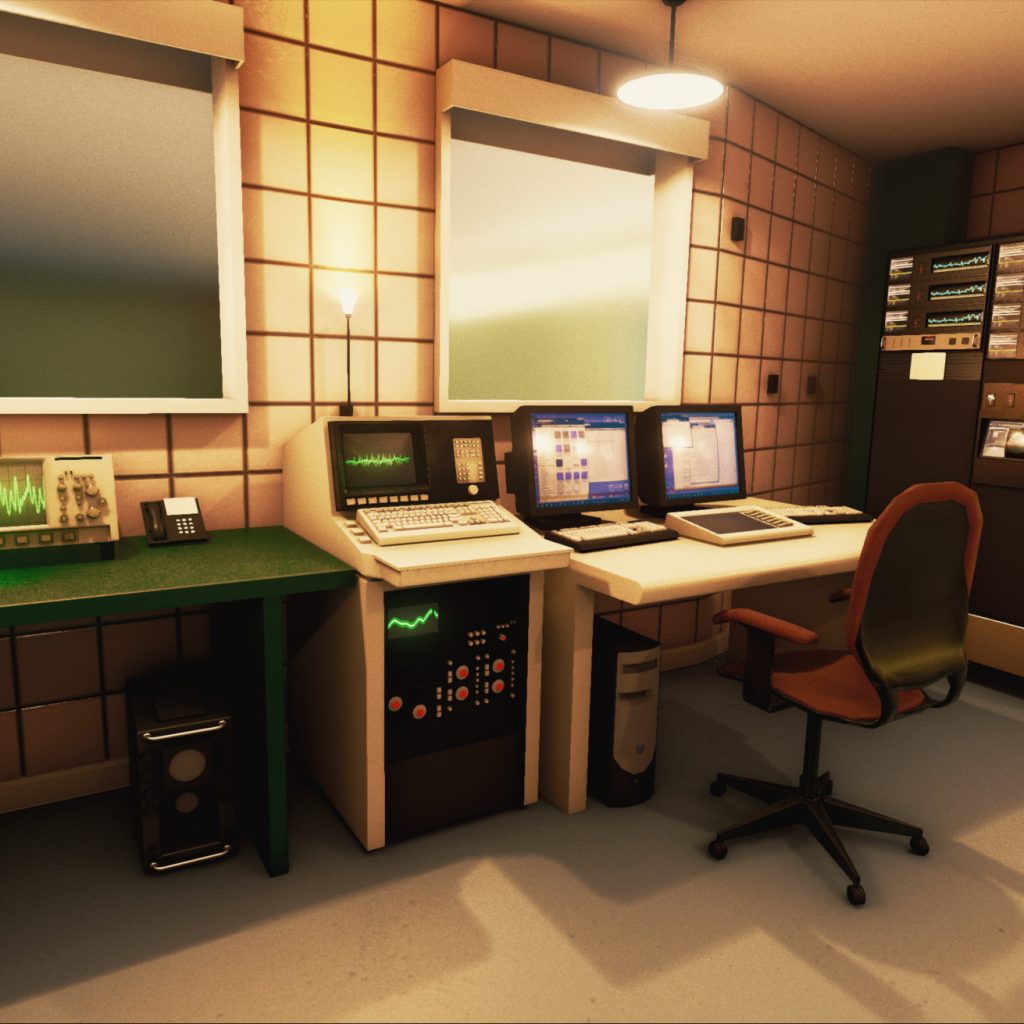
The Future of Lighting: LED Lamps
Introduction
In recent years, LED lamps have emerged as a popular and eco-friendly alternative to traditional lighting sources such as incandescent and fluorescent bulbs. This technology has proven to be not only energy-efficient but also cost-effective over time. In this article, we will delve into the world of LED lamps, exploring their history, benefits, drawbacks, and applications.
History of LED Lamps
The concept of LED (Light Emitting Diode) technology dates back to the 1960s. But it was not till the 1990s that white LED lamps were developed. The initial cost of LED lamps was not pocket-friendly, making them unfeasible for mass production. Since then, the technology has improved considerably. Today, LED lamps are widely used in homes, offices, and commercial settings owing to their energy efficiency and long lasting nature.
Benefits of LED Lamps
There are many benefits of using LED lamps over traditional light sources:
Energy Efficiency
LED lamps are up to 80% more efficient than incandescent bulbs and 50% more efficient than fluorescent lamps. They convert almost all of their electrical energy into light, unlike other sources which lose a considerable amount in the form of heat.
Long Life Span
LED lamps have an estimated life span of more than 50,000 hours, whereas an incandescent bulb lasts for around 1,200 hours; a fluorescent lamp lasts for 8,000 to 10,000 hours on average. This makes LED lamps more cost-effective as they need less frequent replacements.
Environmentally Friendly
LED lamps do not contain harmful materials like mercury, which is commonly found in fluorescent bulbs. They are also recyclable, making them a green and sustainable option.
Color Range
LED lamps are available in various colors, allowing for a range of lighting effects in different settings. They also have better color rendering properties than fluorescent bulbs, enabling them to display colors more accurately.
Drawbacks of LED Lamps
Despite the many benefits of LED lamps, they also have a few drawbacks:
High Initial Cost
LED lamps are more expensive to purchase than traditional light sources. However, this cost is quickly offset by their energy efficiency and long life span.
Degradation Over Time
The brightness of LED lamps can decrease over time, although this does not affect their life span. However, it is important to note that this degradation can be reduced by using high-quality LED lamps.
Applications of LED Lamps
The use of LED lamps is not just limited to home lighting. They are also used in many outdoor and commercial settings. Here are some examples:
Street Lighting
LED lamps are increasingly used for street lighting due to their energy efficiency and long life span. They also provide brighter and more focused illumination.
Advertising Signs
LED lamps are ideal for illuminated advertising signs as they are available in many colors and can be dimmed to create various lighting effects.
Hospitality Industry
LED lamps are commonly used in hotels and restaurants for aesthetic purposes as they can create different lighting atmospheres.



